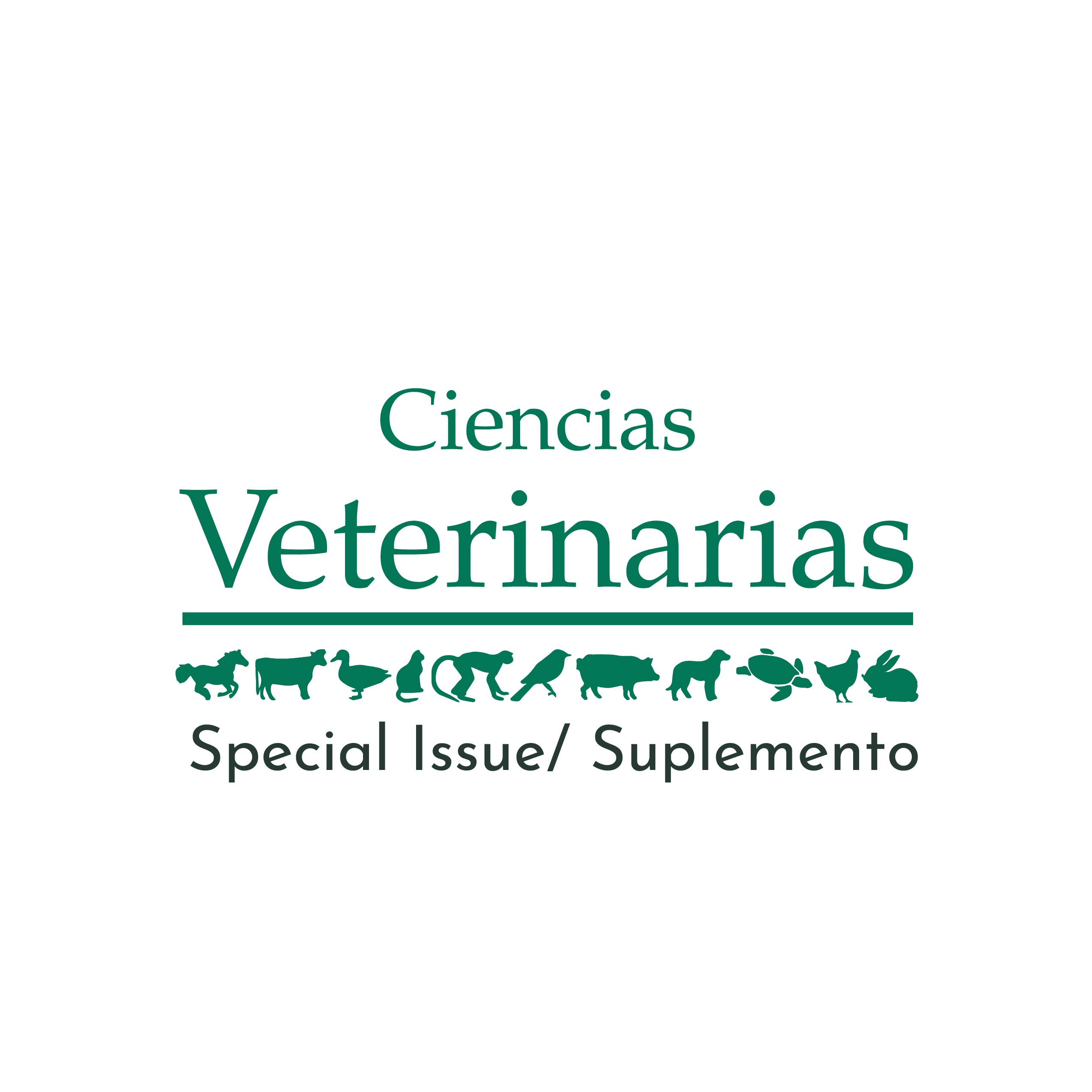Quantitative gait analysis as an objective tool to assess functional outcome of musculoskeletal regenerative therapies in horses and dogs
DOI:
https://doi.org/10.15359/rcv.37-3.11Abstract
Musculoskeletal regenerative medicine (RM) aims at restoring components of the musculoskeletal system. Most outcome parameters that are used to judge the efficacy of RM treatments focus on the degree to which the newly generated tissue resembles the native tissue and make use of histological, biochemical, and biomechanical techniques. However, in the end it is the functional outcome that counts, and gait is the functional product of the musculoskeletal system. In human medicine, measurement of function is based on the feedback of patients, mostly in the form of so-called visual analogue scoring (VAS) scales, which are seen as relatively reliable, though still subjective and susceptible to bias. In animals this is not possible, and gait is typically scored through application of semi-quantitative scores, like the American Association of Equine Practitioners (AAEP) scale in the horse.
Various techniques to measure gait using parameters describing exerted forces (kinetic parameters) and parameters describing motion in space (kinematic parameters) have been developed over the past decades and in more recent times the use of some of these quantitative techniques has become standard in clinical practice in various places (Serra Bragança et al. 2018). It is expected that this use will rapidly increase further, which will have a profound impact on clinical practice. The current developments have already led to a discussion whether we should redefine lameness in the era of quantitative gait analysis (van Weeren et al. 2017). As an evaluation tool for measuring the functionality of musculoskeletal regenerative techniques, quantitative gait analysis has many advantages as it is an excellent technique for longitudinal monitoring in an objective and unbiased way and for subsequent documenting. In this field, the horse is leading but similar techniques are being developed for the dog. Future developments include the generation of big data sets and their exploitation for the development of pattern recognition techniques based on an artificial intelligence approach.
References
Serra Bragança, F.M., Rhodin, M. & van Weeren, P.R. 2018. On the brink of daily clinical application of objective gait analysis: What evidence do we have so far from studies using an induced lameness model? Vet. J. 234:11-23. DOI: 10.1016/j.tvjl.2018.01.006
Van Weeren, P.R., Pfau, T., Rhodin, M., Roepstorff, L., Serra Bragança, F. & Weishaupt, M.A. 2017. Do we have to redefine lameness in the era of quantitative gait analysis? Equine Vet. J. 49(5): 567-569. DOI: 10.1111/evj.12715
Published
How to Cite
Issue
Section
License
Licensing of articles
All articles will be published under a license:

Licencia Creative Commons Atribución-NoComercial-SinDerivadas 3.0 Costa Rica.
Access to this journal is free of charge, only the article and the journal must be cited in full.
Intellectual property rights belong to the author. Once the article has been accepted for publication, the author assigns the reproduction rights to the Journal.
Ciencias Veterinarias Journal authorizes the printing of articles and photocopies for personal use. Also, the use for educational purposes is encouraged. Especially: institutions may create links to specific articles found in the journal's server in order to make up course packages, seminars or as instructional material.
The author may place a copy of the final version on his or her server, although it is recommended that a link be maintained to the journal's server where the original article is located.
Intellectual property violations are the responsibility of the author. The company or institution that provides access to the contents, either because it acts only as a transmitter of information (for example, Internet access providers) or because it offers public server services, is not responsible.







